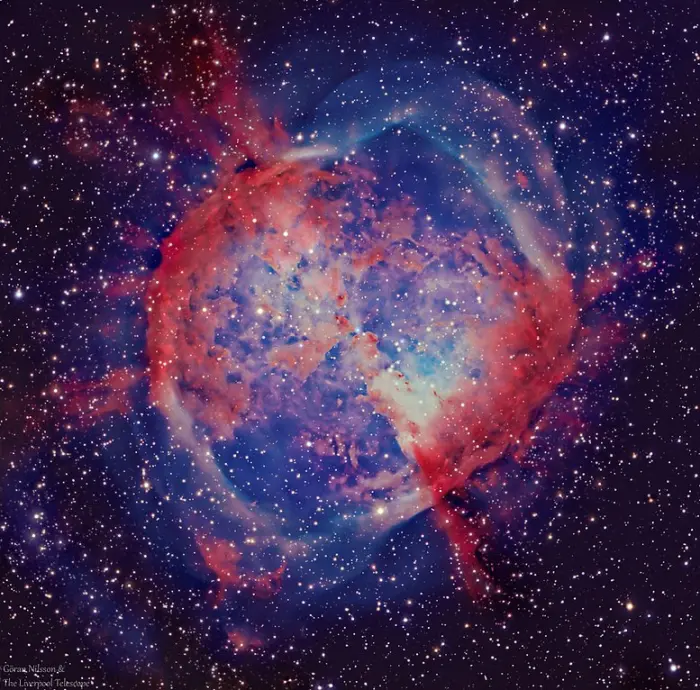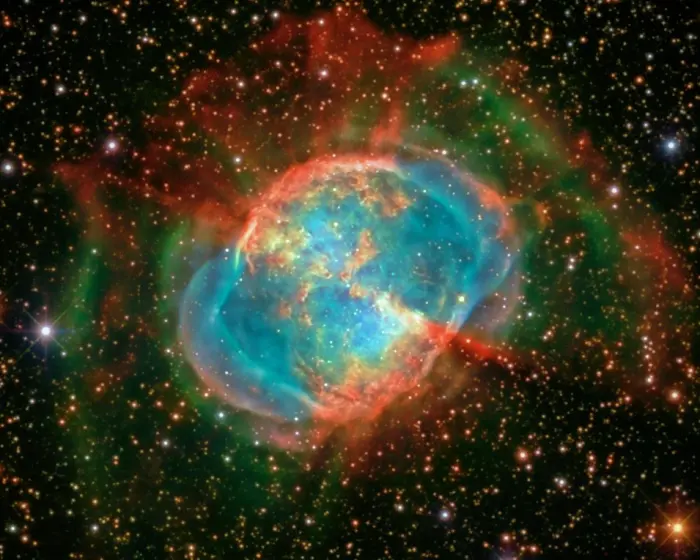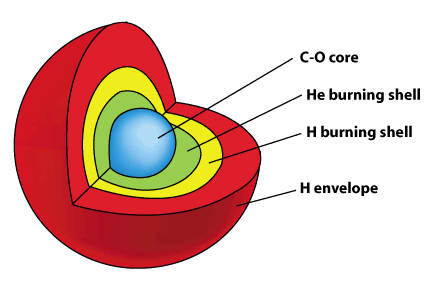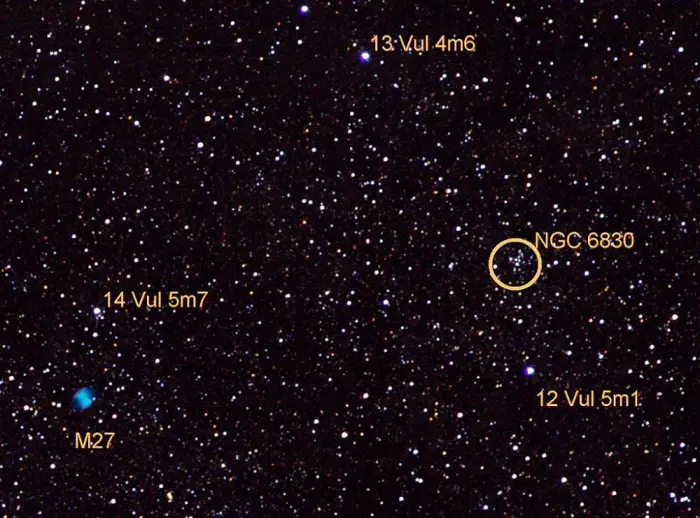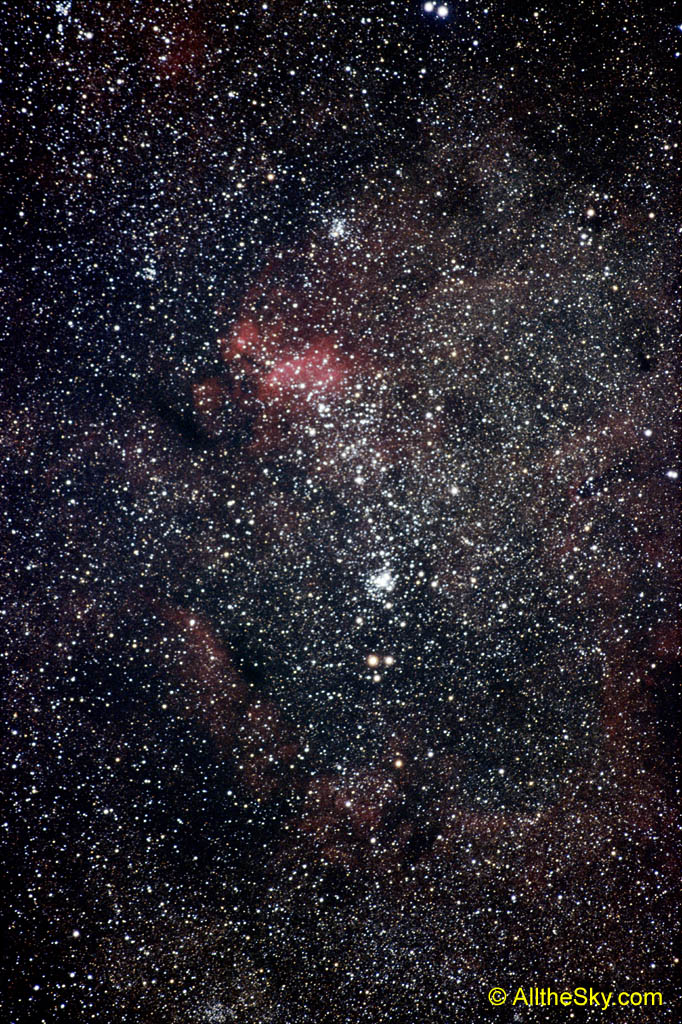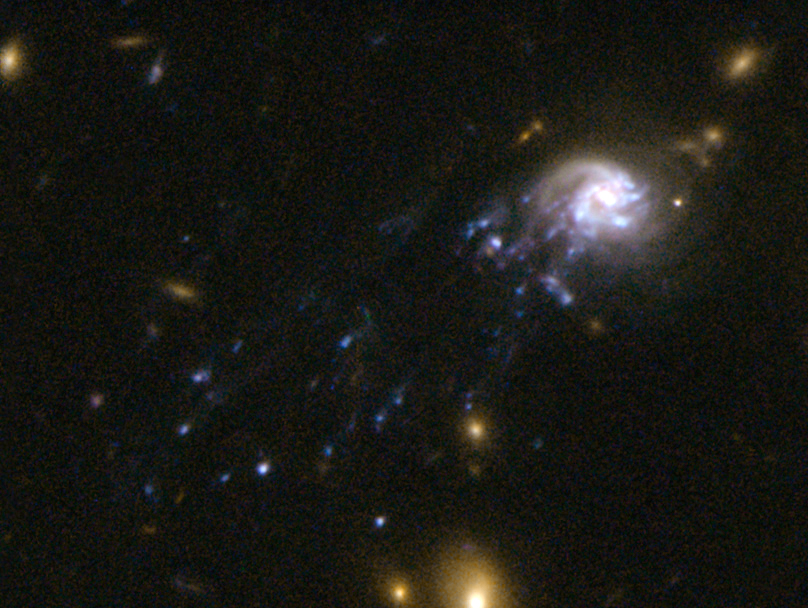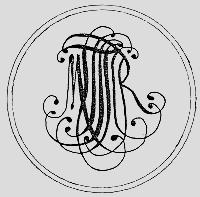Hahaha, Ann, that's great, thank you, I'm saving that hawk image. Hawks probably love Europa, who's to say?
But may I please continue discussion about the proportion of H-beta. I certainly willing to be wrong about anything, including the reason for the solar prominences appearing pink, I agree Chris it could just be continuum white light from the corona, also there's got to be some significant spectral broadening from all sorts of things going on near the sun that would be different from a planetary nebula. But my eyes and camera did capture something I would describe as either pink or magenta, maybe I have crude color sensitivity, this is certainly subjective.
But why would the H-beta emission not occur? I'm willing to accept it's less than a 50/50 mix, but the H-beta emission has got to be there too. These "magenta" or pink colors look the same to me. I used the color-picker tool in microsoft paint to consider and compare the colors. It does seem like certain regions are magenta, and others are deep red. Maybe that's more diffuse hydrogen vs. more coronal broad-spectrum? But why not just more regions where the other lines occur, why would they not occur?
Here is a quote from the wikipedia page, but it does cite a textbook:
"After ionization, the electron and proton recombine to form a new hydrogen atom. In the new atom, the electron may begin in any energy level, and subsequently cascades to the ground state (n = 1), emitting photons with each transition.
Approximately half the time, this cascade will include the n = 3 to n = 2 transition and the atom will emit H-alpha light."
From
https://en.wikipedia.org/wiki/Hydrogen-alpha, with a citation to A. N. Cox, ed. (2000). Allen's Astrophysical Quantities. New York: Springer-Verlag. ISBN 0-387-98746-0.
Why does it say "approximately half the time"?
Let's consider the energy transition calculation.
So, excluding the constant, for the H-alpha transition we have (1/4) - (1/9) ~= .139,
and for H-beta we have (1/4) - (1/16) ~= .188, so taking the ratio of these two we get 188/139 ~= 1.35, and I know this is a lot of handwaving, but to me, if the energy associated with the transition of H-beta is only 1.35x larger than that associated with H-alpha, they are both probably occurring plenty enough together in a planetary nebula.
To me, narrow-band photography doesn't mean you have to ignore physics. If we know H-beta emission occurs maybe 25/75 to H-alpha emission, and you take a photo with your H-alpha filter, then why pretend that the H-beta wasn't there too?
 M27: Not a Comet
M27: Not a Comet